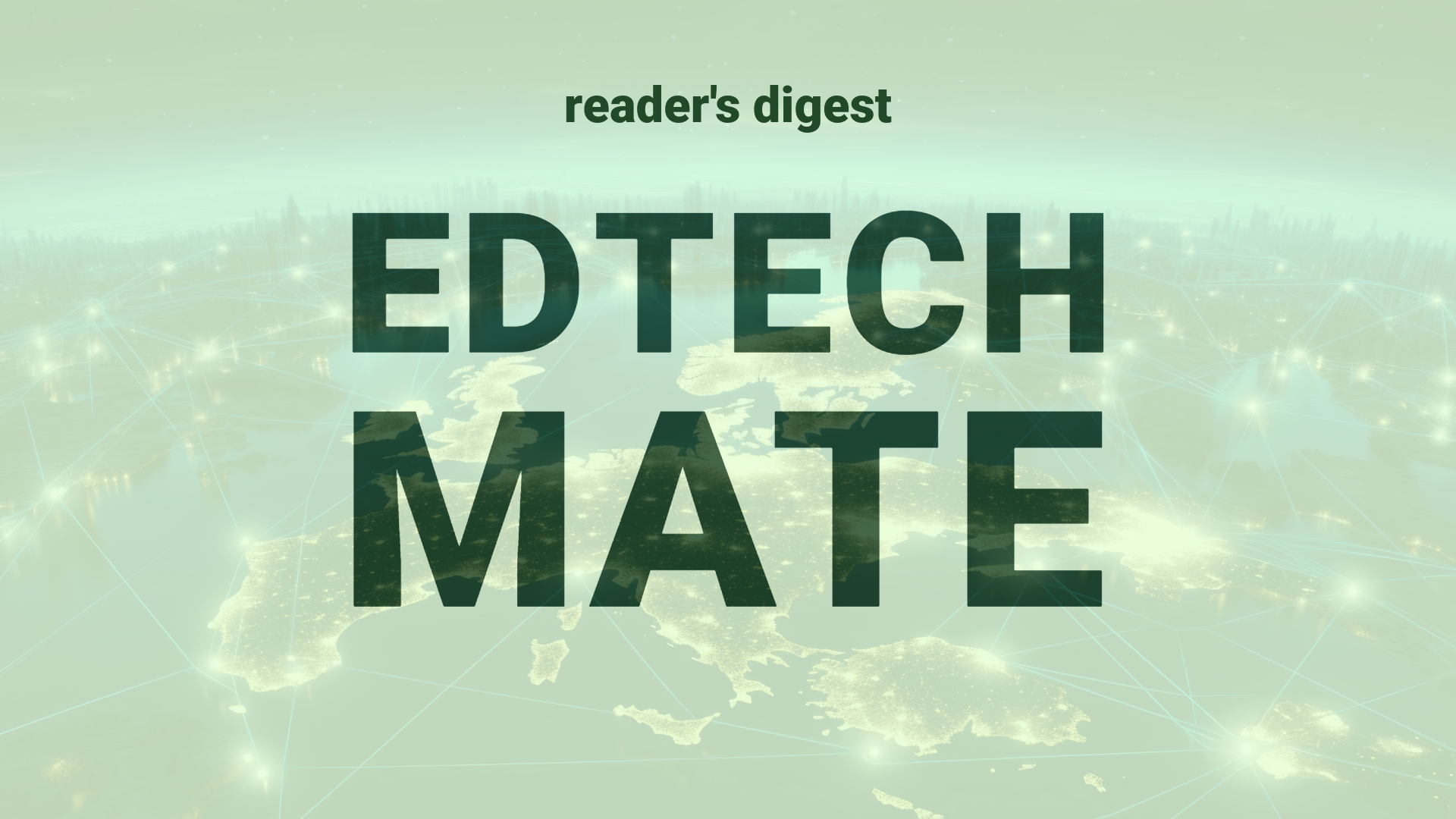“`html
Executive Summary and Main Points
Key innovations and trends in the international higher education and edtech sectors indicate a pressing need for diversity and digital transformation. Despite the advantages of diverse teams in IT, such as enhanced performance, talent acquisition, and higher engagement, women remain significantly underrepresented. Factors influencing this gap include the employment, degree, retention, workplace culture, work-life balance, representation, mentorship, equity, pay, IT leadership, and founder gaps. The growing yet underutilized role of women in technology points towards the necessity for strategic partnerships and a further focus on gender inclusivity within the education and tech industries.
Potential Impact in the Education Sector
Recent findings could affect multiple aspects of the education sector. Further Education institutions may need to reassess their STEM programs’ inclusivity to address the degree and retention gaps. In Higher Education, embedding mentorship and equity within the curriculum could prove strategic. The integration of Micro-credentials that target and incentivize women’s participation in IT might ameliorate the employment gap. Digitalization, through partnerships with tech firms advocating for inclusivity, could serve as a model for progress in both academic and corporate settings.
Potential Applicability in the Education Sector
Innovative applications of AI and digital tools could include development of platforms to connect female students with mentors in tech, AI-driven recruitment tools designed to eliminate bias, and online Micro-credential courses aimed at upskilling women in IT roles. Integration of virtual reality scenarios in curricula could facilitate more inclusive learning environments, potentially improving retention rates and bridging the degree gap for women in STEM.
Criticism and Potential Shortfalls
A critical analysis reveals potential pitfalls. Although AI tools can reduce hiring biases, they may inadvertently perpetuate existing prejudices if not carefully programmed. Comparative international case studies highlight varied success in women’s inclusion in different cultural contexts, emphasizing the need for culturally informed solutions. Ethical implications of digital tools in education, such as privacy concerns and data security, must also be addressed to gain the trust of all stakeholders and ensure equitable access.
Actionable Recommendations
To leverage these technologies, education leaders should consider implementing mentorship programs connecting female students with IT professionals, adopt AI-powered analytics to monitor diversity in tech-related courses, and offer Micro-credential programs focused on closing the gender gap. Building strategic partnerships with organizations renowned for inclusive workplaces could offer insights for creating a supportive learning and working environment. Lastly, ongoing training on ethical issues and cultural competencies is crucial for leadership, ensuring that digital transformation aligns with global education goals for diversity and inclusion.
“`
Source article: https://www.cio.com/article/201905/women-in-tech-statistics-the-hard-truths-of-an-uphill-battle.html

